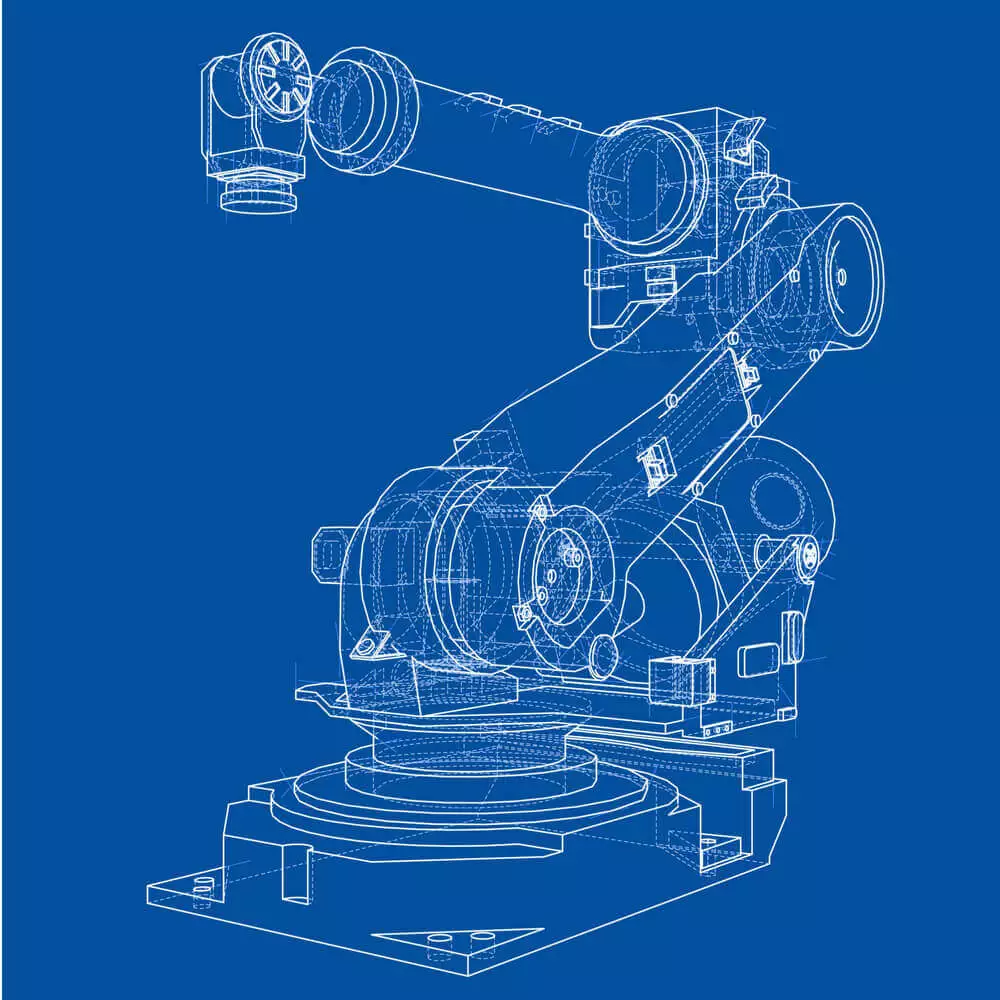Have you ever watched a science fiction movie filled with technology so futuristic you assumed you’d never see it in your lifetime? And yet, with the recent influx of recent innovation, it seems the future is here.
Robotic Process Automation (RPA) is an emerging technology that’s set to transform business operations by automating mundane processes. This has transcendent implications for businesses across the globe, which can free up the time to focus on core competencies that directly contribute to the bottom line.
Use smart automation to instantly boost employee productivity.
RPA can be leveraged to capture and interpret applications, manipulate data, or trigger responses with digital systems. It is essentially the concept of programming robots to perform critical tasks and a stepping stone towards artificial intelligence.
Automation is a hot topic, especially considering the potential for improved business response time, accuracy, and efficiency. Because it’s tempting to automate more processes than is necessary, companies should create a solid plan to optimize RPA.
To help on your quest for successful RPA implementation, here are some top tips for effective automation:
When it comes to RPA, expectations are everything
Your main objective is to run RPA at scale. If your expectations are out of alignment, RPA can have undesired consequences.
It’s OK to approach RPA with an optimistic mindset, but crucial to keep your eyes open. Approach RPA with caution, and make sure you don’t run before you can walk!
Do you understand the process you’re automating?
It’s essential you completely understand the process you plan to automate. If you only have half-knowledge of something, how do you expect to program a computer to do it?
You should focus on identifying, evaluating, and documenting a process, before validating and testing it. By this time, you can attempt automation with increased confidence.
Your RPA should be actively used, refined, and updated, and continuously updated across its lifespan. This will boost the proficiency of your efforts.
How will RPA impact your business?
Like many business initiatives, RPA is often promoted as a way to boost return on investment or reduce costs.
For example, an automated online chat system can reduce the time taken to resolve queries, alleviating waiting times to ensure a positive customer experience.
Four tips for successful RPA Implementation
1. Involve IT As much as possible
It’s common to hit a wall during implementation. This means it is time to leverage the knowledge of your IT department. They have the technical expertise to address complexities, with special regards to cloud-based technologies.
Business heads should involve IT early and often to ensure they obtain all the resources necessary for successful implementation.
2. Give your team a helping hand
Employees who designate significant time to manual processes might fear automation, due to the threat of losing their personal identity. It’s important automation is introduced as something to help those individuals, not replace their job completely.
Prioritize the importance of efficiency gains, while implementing end-to-end metrics to communicate progress. When results improve through automation, staff should be recognized for their efforts, compensated accordingly with an incentive-based reward system.
3. Focus on specific objectives
The objective of your RPA project should be clearly communicated from the beginning, to ensure everyone is working towards common goals.
If your staff understands the technical and business benefits, you can more easily manage milestones on the route to a successful outcome. Set and manage clear expectations, and ensure employee attitudes are in alignment.
4. Avoid falling down the data rabbit hole
It’s common for RPA projects to unintentionally transition to machine learning projects, especially once data is over-analyzed. If you have thousands of bots collecting data, it’s tempting to run ML on the data, then throw a chatbot in front of consumers so they can query information.
Things can progress beyond comprehension, creating unwieldy circumstance as opposed to a long-term arc. Make sure you don’t allow data to consume you because leveraging true value from data is more difficult than you realize.
RPA is still in its early stages, but that doesn’t mean you can’t get ahead of the game and prepare for the future, today. It’s important to introduce change slowly while looping in HR to avoid disrupting workflows. Put your organization first to ensure daily processes continue to run smoothly. RPA is set to go from strength to strength and will be commonplace in organizations as emerging technological advances.
Stepping into the digital future
It can seem as if we’re forever catching up with technology. Using a Digital Adoption Platform (DAP) like WalkMe helps stop this cycle by allowing systems to adapt to you, not the other way round.
Even if your organization is digitally mature, it’s important to realize there’s always room to grow. Unlocking your true technological prowess will help you deliver excellence across multiple fields, improving your organizational capabilities.





